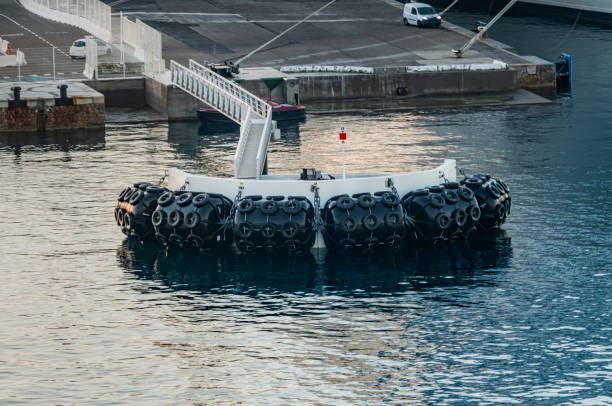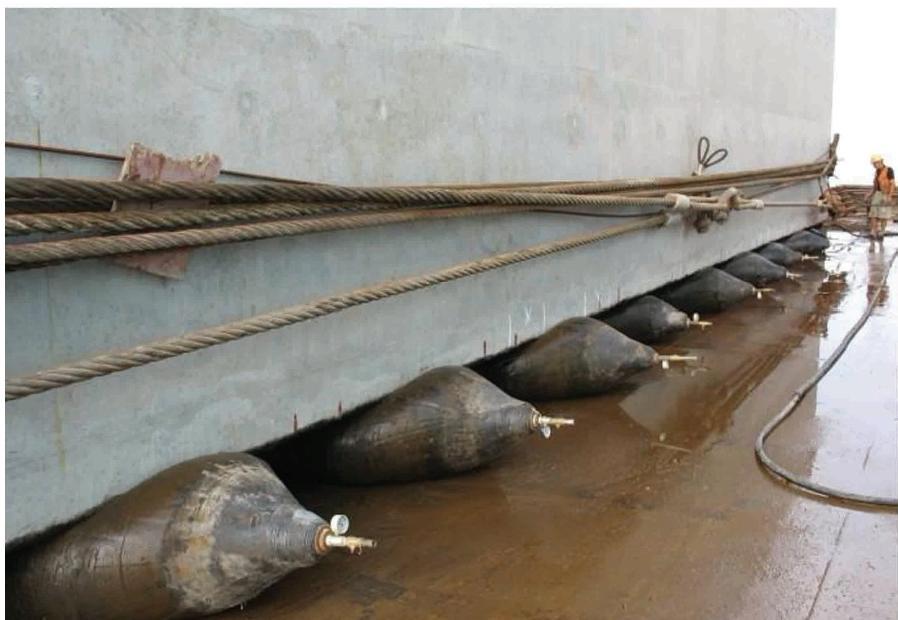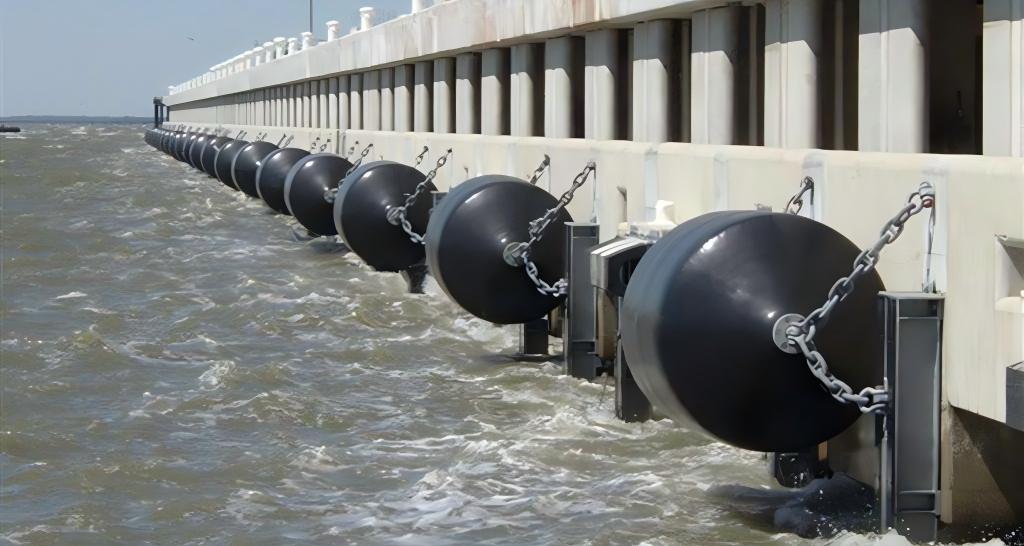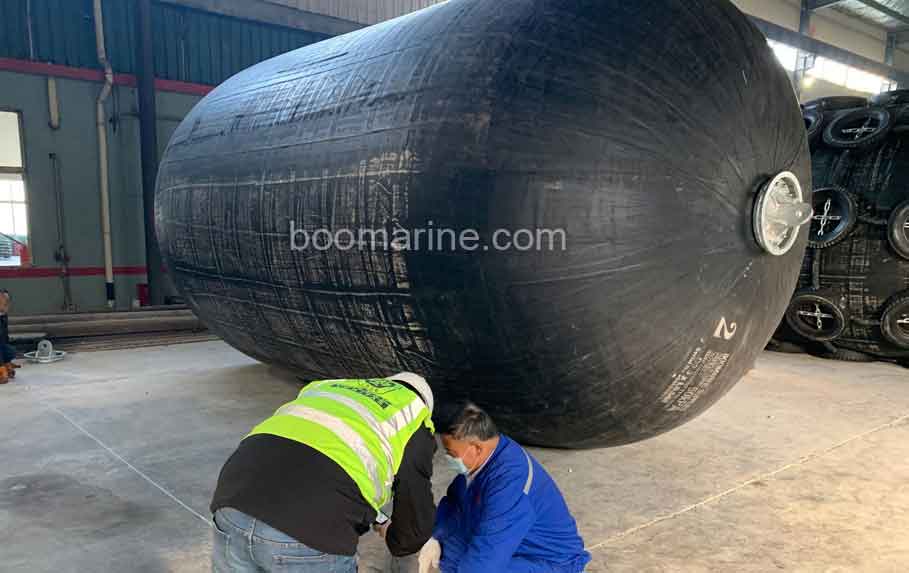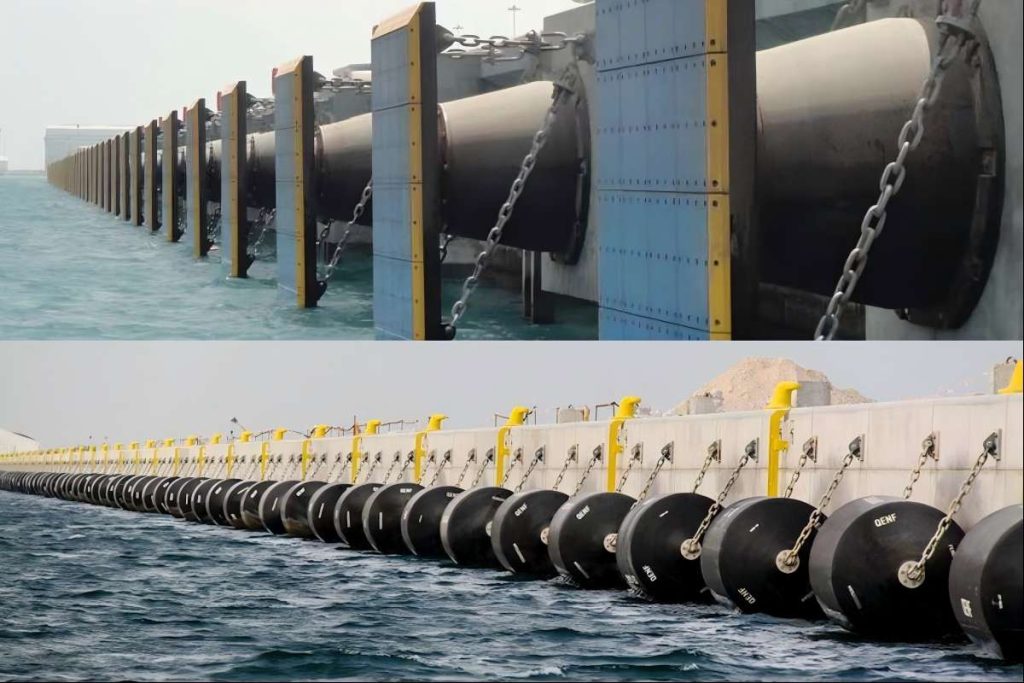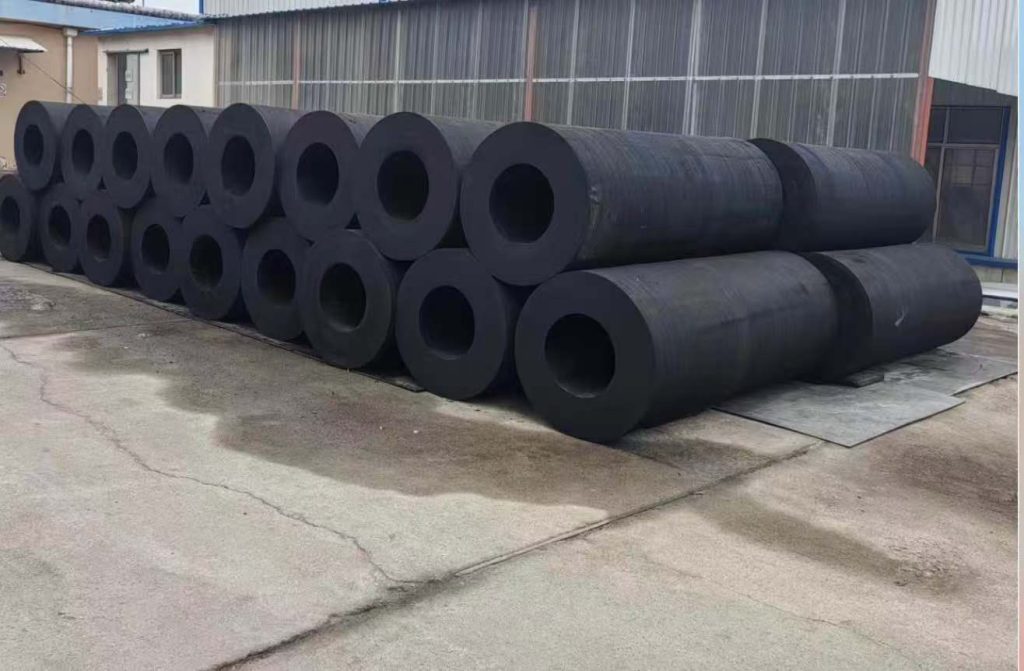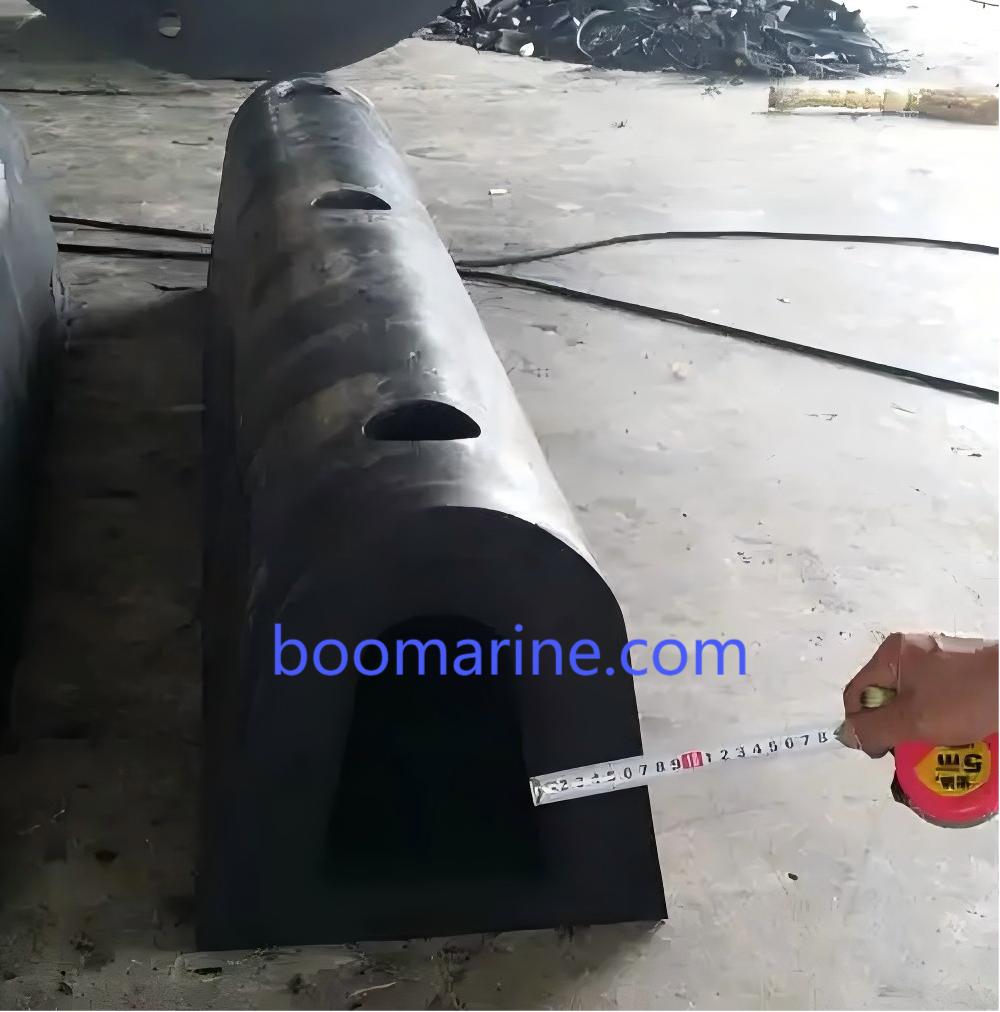Table of Contents
Rubber fenders protect ships and docks during berthing operations. While these fenders are intended to be durable, their lifespan can vary greatly depending on a variety of factors. Understanding the average lifespan of rubber fenders, the factors that influence them, and how to extend their service life is critical for ensuring marine operations are safe and efficient.
This article will tell you the key aspects of rubber fender longevity, providing valuable insights for marine professionals and owners. We will explore the average lifespan range of rubber fenders, the factors that can affect their durability, and practical tips for extending their service life. By following the guidelines outlined in this article, you can optimize the performance and longevity of your rubber fenders, ensuring their continued effectiveness in protecting vessels and docks.
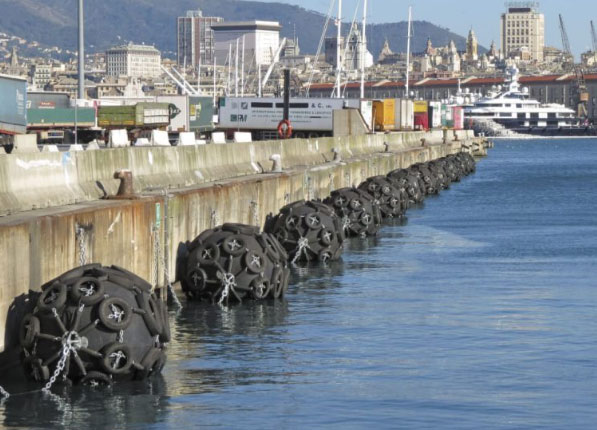
Average Lifespan Range of a Rubber Fender
The lifespan of a marine fender is not fixed; it can vary widely depending on numerous factors. Marine fenders typically have a lifespan of 5 to 10 years. While some fenders may last for several decades, others may require replacement sooner. The specific operating environment, including factors like water quality, temperature extremes, and exposure to corrosive substances, plays a significant role in determining the fender’s longevity. Additionally, the frequency and intensity of impacts, as well as the types of vessels berthing at the dock, can accelerate or decelerate wear and tear.
Factors Affecting the Lifespan of Rubber Fenders
Marine fenders typically have a lifespan of 5 to 10 years. However, their actual service life can vary significantly due to a multitude of factors. The primary influencing factors include:
- Material Quality: High-quality natural rubber, characterized by superior tensile strength and toughness, offers enhanced durability during service. The composition and quality of the rubber compound directly affect the fender’s resistance to degradation from factors such as weathering, abrasion, and chemical exposure.
- Operating Environment: Marine natural rubber fenders are exposed to a variety of environmental conditions, including seawater, freshwater, and varying temperature ranges. These conditions can accelerate or decelerate the aging process of the rubber. Factors such as salinity, UV radiation, and exposure to pollutants can degrade the fender’s performance over time.
- Usage Conditions: The frequency and intensity of impacts experienced by the fender can significantly impact its lifespan. Fenders subjected to frequent and forceful collisions, as well as those exposed to abrasive materials, will wear out more quickly. Additionally, the type of vessel berthing and the specific docking procedures can influence the stress distribution on the fender.
- Maintenance and Inspection: A well-maintained fender can significantly extend its service life. Regular inspections should be conducted to identify signs of wear, damage, or degradation, such as cracks, cuts, or delamination. Routine maintenance activities, including cleaning, lubrication, and repairs, can help prevent premature failure.
- Design and Construction: The design and construction of the fender, including its shape, size, and internal reinforcement, can influence its performance and durability. Fenders with optimized designs and robust construction are more likely to withstand the rigors of marine environments.
- Installation: Proper installation is crucial for ensuring the fender’s long-term performance. Improper installation can lead to stress concentrations, misalignment, and accelerated wear.
- Loading Conditions: Overloading the fender or subjecting it to forces beyond its design capacity can lead to premature failure. It is important to select fenders that are appropriately sized for the expected loading conditions.
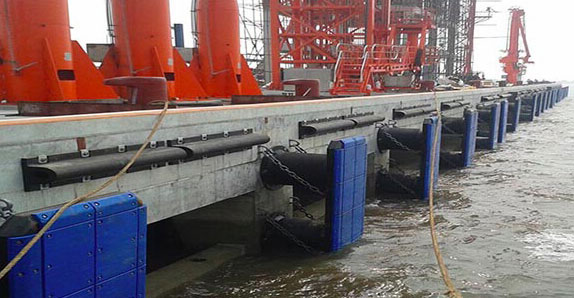
How to Extend the Lifespan of Rubber Fenders
Regular Inspection and Maintenance of Rubber Fenders
- Regular inspections: Conducting thorough inspections at regular intervals is crucial for identifying early signs of wear, damage, or degradation. Look for cracks, cuts, abrasions, delamination, or discoloration. Addressing these issues promptly can prevent further deterioration and costly repairs.
- Visual inspections: Conduct visual inspections at least once a month to assess the fender’s overall condition. Check for any obvious signs of damage or wear.
- Detailed inspections: Perform more detailed inspections annually or semi-annually, including examining the fender’s internal structure and checking for any hidden damage.
- Maintenance records: Keep detailed records of inspection results, maintenance activities, and any repairs or replacements. This documentation can help track the fender’s condition over time and inform future maintenance decisions.
If you want to know more about the mainenance details fo rubber fenders, please reade this article: How to Do The Regular Maintenance of Rubber Fenders?
Cleaning and Protection Methods for Rubber Fenders
- Cleaning: Regularly clean the fender to remove dirt, salt deposits, marine organisms, and other contaminants that can accelerate degradation. Use a mild detergent solution and a soft brush or cloth. Avoid harsh chemicals or abrasive materials that can damage the rubber surface.
- Pressure washing: For heavy fouling or stubborn contaminants, use a low-pressure washer with warm water. Avoid using high-pressure washers, as they can damage the fender’s surface.
- Drying: After cleaning, ensure the fender is thoroughly dried to prevent moisture retention. Moisture can promote the growth of mold, mildew, and other microorganisms.
- Protection: Apply a protective coating to the fender’s surface to help shield it from UV radiation, chemicals, and other environmental factors. Choose a coating specifically designed for marine rubber fenders and follow the manufacturer’s instructions for application.
Common Rubber Fender Problems and Countermeasures
- Cracking: Cracks can develop in the fender’s surface due to exposure to harsh environmental conditions, excessive loading, or improper installation. Inspect for cracks regularly and repair them promptly to prevent further damage.
- Abrasion: Abrasion can occur when the fender rubs against other objects, such as vessels or the dock. Inspect for areas of abrasion and take steps to prevent further damage, such as modifying the fender’s installation or using protective coverings.
- Delamination: Delamination is the separation of the rubber layers in the fender. This can be caused by improper manufacturing, excessive loading, or exposure to harsh chemicals. If delamination is detected, the fender should be repaired or replaced.
- Chemical degradation: Exposure to certain chemicals, such as oil spills or industrial pollutants, can degrade the rubber material. Avoid exposing the fender to such substances and take appropriate measures to protect it if contamination occurs.
- Marine growth: Marine organisms, such as barnacles and algae, can attach to the fender’s surface and accelerate degradation. Regularly clean the fender to remove marine growth and prevent its accumulation.
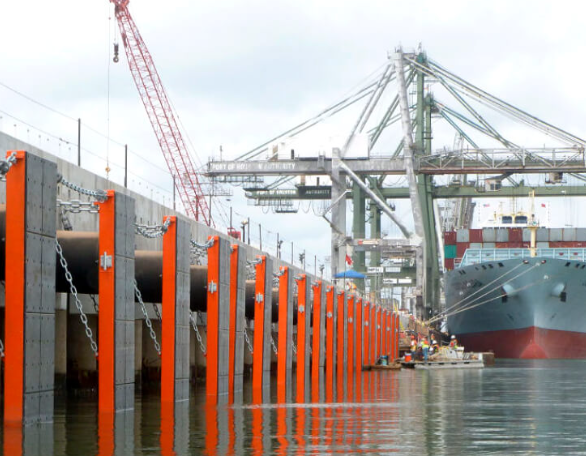
Maximize Your Rubber Fender’s Value
Follow this guide to inspect and maintain your rubber fenders on a regular basis, clean and protect them from environmental factors, and address common problems as soon as possible to ensure their optimal performance and longevity. If you still have any questions about the rubber fenders, you can consult the rubber fender expert Boomarine in time! Investing in the care and maintenance of your rubber fenders not only protects your assets but also helps to improve the safety and efficiency of your marine operations.


